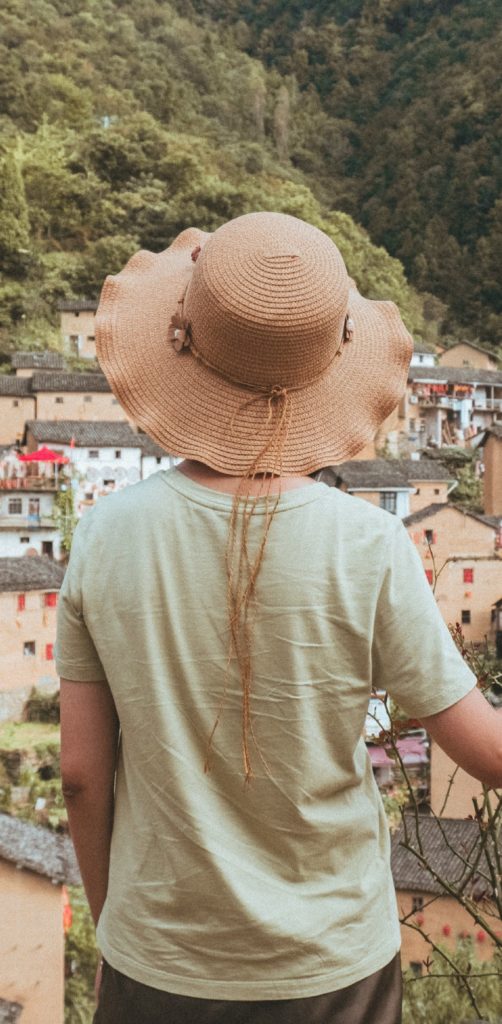Accessories
Hat
Hat
A hat is a head covering which is worn for various reasons, including protection against weather conditions, ceremonial reasons such as university graduation, religious reasons, safety, or as a fashion accessory.
In the past, hats were an indicator of social status. In the military, hats may denote nationality, branch of service, rank or regiment. Police typically wear distinctive hats such as peaked caps or brimmed hats, such as those worn by the Royal Canadian Mounted Police. Some hats have a protective function. As examples, the hard hat protects construction workers’ heads from injury by falling objects, a British police Custodian helmet protects the officer’s head, a sun hat shades the face and shoulders from the sun, a cowboy hat protects against sun and rain and an ushanka fur hat with fold-down earflaps keeps the head and ears warm. Some hats are worn for ceremonial purposes, such as the mortarboard, which is worn (or carried) during university graduation ceremonies. Some hats are worn by members of a certain profession, such as the Toque worn by chefs. Some hats have religious functions, such as the mitres worn by Bishops and the turban worn by Sikhs.
Hat, any of various styles of head covering. Hats may serve protective functions but often signify the wearer’s sensibility to fashion or serve ceremonial functions, as when symbolizing the office or rank of the wearer.



Hats of plant fibres are associated with the ancient rural traditions of Europe and Anatolia. An early statue of Mercury shows his hat to be of finely plaited straw. Artisans of classical Athens and Rome usually wore conical caps with egg-shaped crowns made of felt. The material that protruded under the band evolved into a brim. In Rome this cap was a badge of the plebeian class; a slave being freed was presented with such a cap. Men of the upper classes usually went hatless except in bad weather or when hunting or traveling. The emperor Augustus Caesar, in his old age, set a new fashion by never going out without a hat.
In Egypt caps and simple kerchiefs were worn over the head and brow, falling in a drape to the shoulders. Wigs of human hair or sheep’s wool were also worn as protection from the sun. Helmet caps were ornamented with symbols of rank: the asp for kingly power, the feather for sovereignty.
In the early medieval era city people wore hats usually made of cloth, such as the chaperon, a loose hood for both men and women. Throughout the Middle Ages women of all classes wore veils or draperies hiding the hair and framing the face. During the 15th century women’s hats showed increasing elaboration. The hennin, or steeple headdress, was fashionable in France and Flanders between 1460 and 1480. Women also wore the turban and the so-called butterfly headdress of transparent gauze raised above the head by means of long pins.
During the 16th century the hood became popular for women. In the 17th century Europeans wore hats indoors as well as out. Two main types of hats predominated among men in the 17th and 18th centuries. One was a low-crowned hat with a broad brim that was turned up, or cocked, on three sides (the tricorne) or two sides (the bicorne). This type was favoured by aristocrats, cavaliers, and gallants. The other type was a stiff, high-crowned, round hat that was worn by Dutch burghers and by English and American Puritans, among others. European and American women in the 18th century sometimes wore the calash, a great bonnet that resembled the extension top of a calèche, or French carriage.

